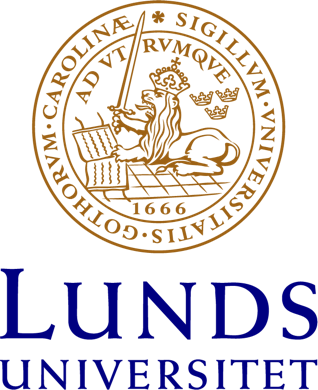Astronomibiblioteket - FLYTTAT
Här hittar du information om Astronomibibliotekets öppettider, adress och kontaktuppgifter. Astronomibiblioteket har flyttatAstronomibiblioteket är stängt för besökare sedan den 22:a december 2023. Du är istället välkommen till Fysik- och astronomibiblioteket på Professorsgatan 1.Delar av samlingen flyttas över till Fysicum under december och januari, där den kommer att finnas tillgänglig på det n
https://www.naturvetenskap-bibliotek.lu.se/om-biblioteket/astronomibiblioteket-flyttat - 2025-08-05
